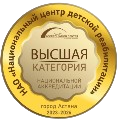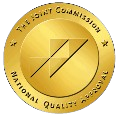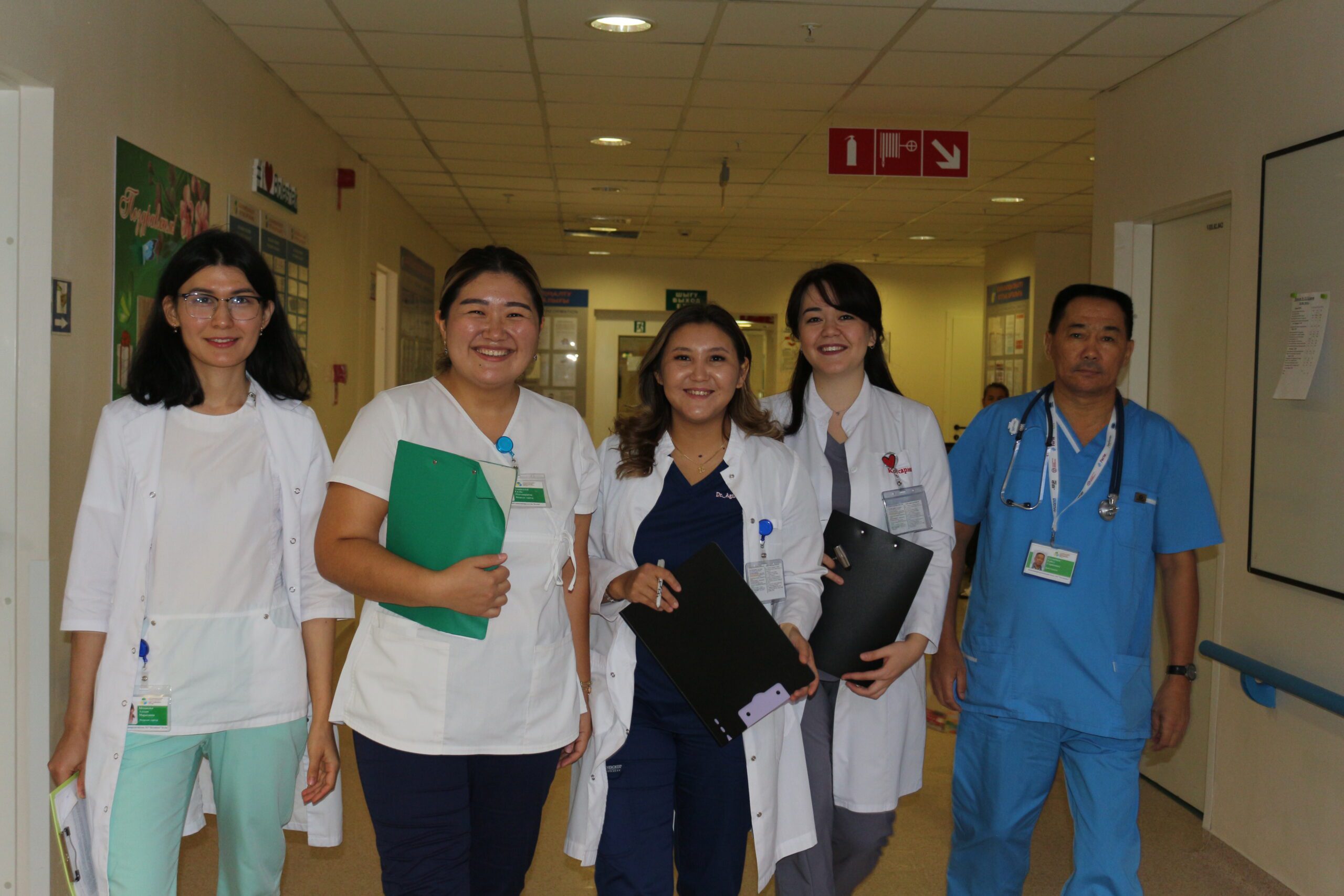The goal of the Center is to reduce childhood disability in the Republic of Kazakhstan by ensuring the further development and improvement of restorative treatment, medical, social and psychological-pedagogical rehabilitation of children and adolescents with pathologies of the nervous and musculoskeletal systems, as well as the introduction and dissemination of modern technologies in the field of medical science , education and practice. The work at the Center is aimed at comprehensive, multimodal correction of motor, psycho-emotional, cognitive, and speech disorders that lead to social maladaptation of children and adults with psychoneurological pathology.
The center employs 56 doctors, 43 teachers, 133 nurses and brothers. In general, 66.2% of doctors, 19.7% of teachers, 51.3% of nursing staff have this category. The total number of employees with an academic degree is 8, of which 2 are Doctors of Medical Sciences, 1 is a PhD degree, 5 are Candidates of Medical Sciences. In addition, 26 nurses received higher nursing education. Of the total number of employees, 1 is the holder of the Order of “Parasat”, 6 are awarded the medal “Enbek Ardageri”, 32 are excellent students in healthcare, 23 are holders of the badge “Densaulyk saktau isine koskan ulesi ushin”, 1 is an excellent student in education.
The center is equipped with equipment and rehabilitation technologies that meet the best international standards of quality and safety.
The clinical block of the Center is represented by three departments: the department of clinical rehabilitation, the department of innovative rehabilitation, the department of social and pedagogical rehabilitation.
The Department of Clinical Rehabilitation (hereinafter in the attachment – photos and resumes of specialists) consists of an emergency department sector and six psychoneurological departments with 300 beds:
Department No. 1 “Bobek” with 45 beds for children from 1 year to 3 years;
department No. 2 “Kadam” with 45 beds for children from 3 to 5 years old;
department No. 3 “Bolashak” with 50 beds for children from 5 to 8 years old;
department No. 4 “Akzhol” with 50 beds for children from 8 to 12 years old;
department No. 5 “Balbulak” with 60 beds for children from 12 to 18 years old;
Department No. 6 “Kamkor” is a multi-age department with 50 beds (including 10 beds for children with autism, 10 beds for Down syndrome, 10 beds for NST after cochlear implantation).
The Department of Innovative Rehabilitation consists of:
department of physical medical rehabilitation (physical therapy and physiotherapy);
laboratory of robotic rehabilitation;
laboratory of modeling and orthotics;
laboratory of neurophysiology and audiology;
occupational therapy department.
The Department of Social and Pedagogical Rehabilitation consists of:
correctional and methodological department (speech therapist, psychologist, defectologist, Monterssori therapy, music and game therapy, biofeedback speech therapy, sensory room);
department of social adaptation (adaptive sports, Olympics, autodrome, vocational guidance and workshops – sewing, carpentry, hairdressing, legal advice);
Department of Inclusive Education (training in correctional and general education programs at school).
The departments provide comprehensive rehabilitation care to children aged 1 to 18 years with the following neurological pathologies:
– Cerebral paralysis
— Consequences of intracranial injury
— Consequences of spinal cord injuries
— Consequences of injuries to the nerves of the limbs
— Lesions of individual nerves, nerve roots and plexuses, polyneuropathy
— Consequences of inflammatory diseases of the central nervous system
— Paralytic syndromes
— Consequences of cerebrovascular diseases
— Congenital malformations of the nervous system
— Other speech and language developmental disorders
— Psychological development disorder
— Sensorineural hearing loss, condition after cochlear implantation
— Down’s disease
— Diseases of the neuromuscular junction and muscles
The rehabilitation course is 25 days




